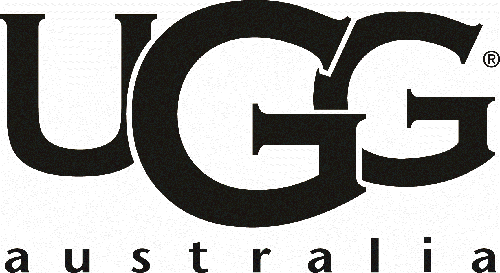The Web's Guiding Light

There's a lack of information on how big brands secure their position in the digital world. Despite the black hole, we can confidently deduce three different areas they excel: acquisition (and retention), analysis (and optimization), and infrastructure (and reliability), or the Digital Trinity, if you will.
The Digital Trinity is a guiding principle on what it takes to succeed on the Web and the baseline criteria for Website Magazine's inaugural Web 100 guide. Here are three examples of Web 100 companies that abide (knowingly or not) by this standard.
Acquisition (and Retention)

Weight Watchers wrote the book on advertising. Its celebrity endorsements make mainstream news and are a valuable acquisition tool. In fact, more than 97 percent of women recognize the Weight Watchers brand. Online, Weight Watcher's use of social media, banner ads and email marketing drive consumers to its website, but it's the lifestyle destination's engagement tools that keep them there. After all, it's Weight Watchers' premise that the more engaged its users are, the more successful they are. User-generated blogs, achievement tokens, cheat sheets, recipe builders, videos and online forums, maintain a high level of engagement and retention. Through these channels and others (discussed in Web 100), Weight Watchers is listening to its users and responding to what they want.
Analysis (and Optimization)

You name the digital channel and UGG Australia optimizes and analyzes it. For example, its email marketing campaigns uses segmentation strategies (based on interest, triggered actions and personalized communications based on browsing behavior) to increase click-through rates and email opens. Marketers also leverage consumer data, sales trends and product interactions to reach a positive return on investment (ROI). UGG's communications not only follow best practices, but also are consistently tested (for both content and time sent). The company, which is owned by Deckers Outdoor Corporation, utilizes its in-house retention team to manage communication strategy, but also relies on several third-party companies, including Demandware, for its native functionality for transactional and back-in-stock emails.
For more examples of UGG Australia's digital tactics, visit Web 100.
Infrastructure (and Reliability)

Downtime can significantly damage a website's rank on search engine result pages (SERPs), reputation and ROI. Unfortunately, website owners typically find out their infrastructure is unreliable the hard way. Holiday traffic spikes are a perfect challenge for IT systems. Even major retailers, such as Brass Pro Shops and Abercrombie & Fitch, suffered less than 100 percent uptime during this period (Nov. 15 - Jan.4), with basspro.com even being down for 7 hours and 53 minutes, according to the Panopta Availability Index 2012 Holiday Edition. In the same report, Barnes & Noble came in with 100 percent uptime to meet consumer expectations and use its infrastructure to deliver digital content to customers online. Additionally, Barnes & Noble continues to meet its own goal of "delivering the best digital reading, shopping and content experience in the market, while also being diligent about calibrating expenses to business trends in order to scale the business to profitability over time," (as stated in a press release).
For more about Barnes & Noble's digital strategy, visit Web 100.

Subscribe to Our Newsletter!
Latest in Marketing








